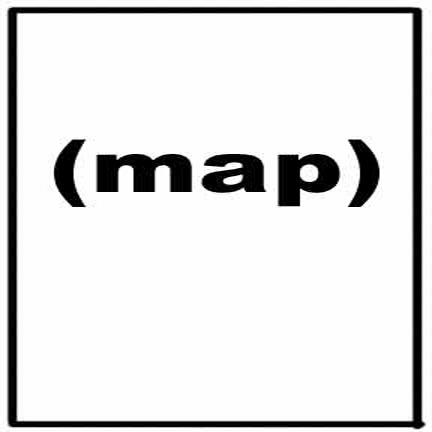 Bill Hewlett (1913-2001)/Dave Packard (1912-1996)
Bill Hewlett (1913-2001)/Dave Packard (1912-1996) Bill Hewlett (1913-2001)/Dave Packard (1912-1996)
Bill Hewlett (1913-2001)/Dave Packard (1912-1996)
 Target is current location of Hewlett and Packard hitchhiker combination. Red balloons are the last hour; Yellow balloons are the last day; Blue balloons are sample points from a week and older. |
Sculpture by Jim Pallas |
|
COLLABORATION + COMRADERIE
These two smart fellows five years out of Stanford, established Hewlett-Packard corporation and won the bid for an audio oscillator to test the sound equipment for Walt Disney's "Fantasia", and their fantasia became historia. Perhaps that is why today one finds a sculpture of California-colonizing Father Junipero Serra in the pose of "Sorcerer's Apprentice" Mickey Mouse from the Disney movie, along Interstate 280 about twenty miles north of Stanford. Their company's 1968 Hewlett-Packard 9100A was the first personal computer, but they marketed it as a "desktop calculator" so as not to evoke images of IBM. They developed the laser printer, the single unit printer/copier/scanner/FAXer, and a bunch of other stuff. In the 1980s Iran-Iraq war, their Ohio office shipped militarily useful tech to Iraq. By 2000, a series of corporate buyouts and acquisitions made H-P the world's largest manufacturer of personal computers. Beyond the generous foundation giving, to causes that included human rights, Hewlett and Packard begat a corporate culture that gave a semblance of family-friendly stability in a changing world. It sought to create a working mother-friendly workplace. Did recent CEO Carly Fiorina understand that? The garage myth was re-energized (and craftily exploited) by Steve Wozniak and Steve Jobs in the 1970s. In my 1991 muralized interactive kiosk "Collaborationation" I limned the myth of the garage, as applicable to my own fruitful forms of collaboration, garage bands and even community murals. My dad understood the collaboration of the laboratory or academia, for his sole publication was co-authored with two others. Yet my mom always said "Don't collaborate! You should get full credit for your ideas!". I too am an only child, but I welcome the spark of creativity shared and built upon together in a team. In 1972 HP came out with the pocket calculator, soon developing programmable and alphanumeric ones. In 1980 my slide rule-generation dad was so enamored with his calculator, if I brought a girlfriend home he'd whip it out, "Ever seen one of these?"
References consulted: http://www.hp.com/hpinfo/abouthp/histnfacts/ http://www.hp.com/hpinfo/execteam/formerceos.html http://en.wikipedia.org/wiki/Hewlett-Packard |